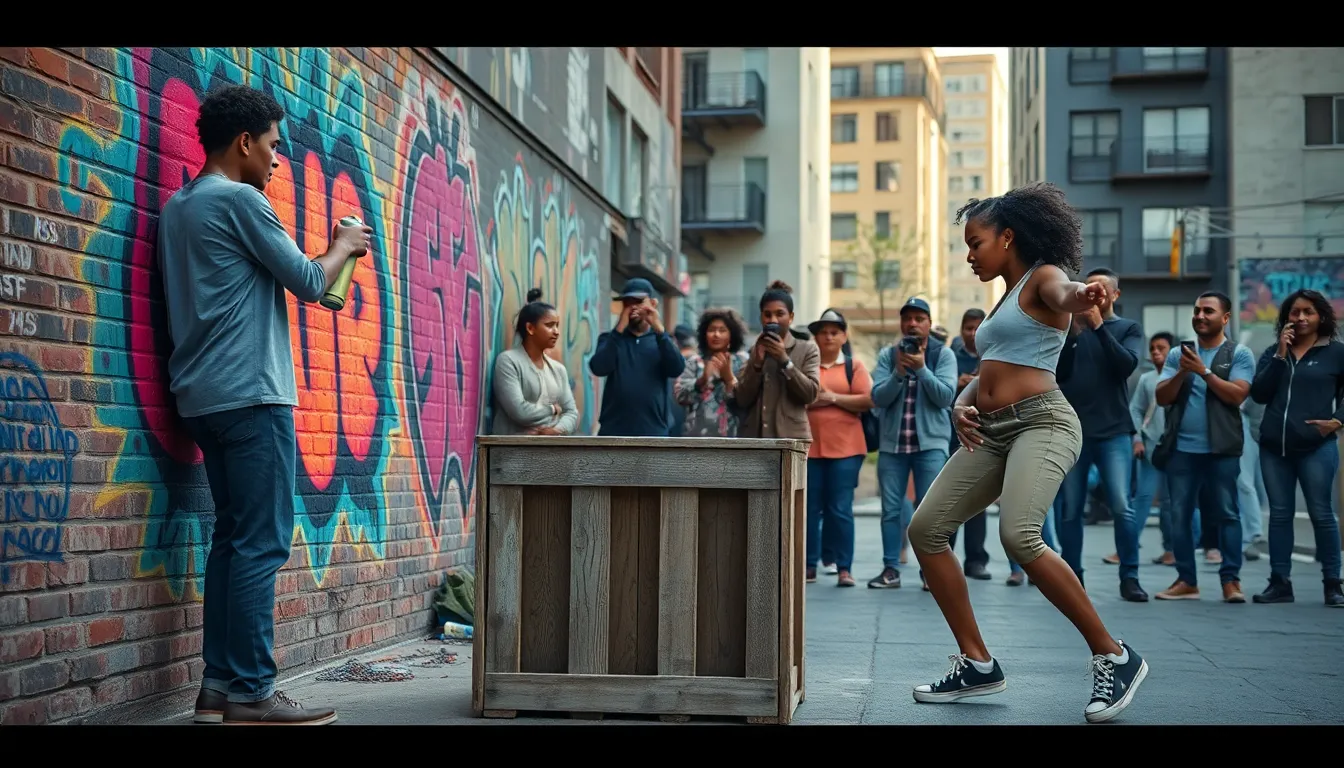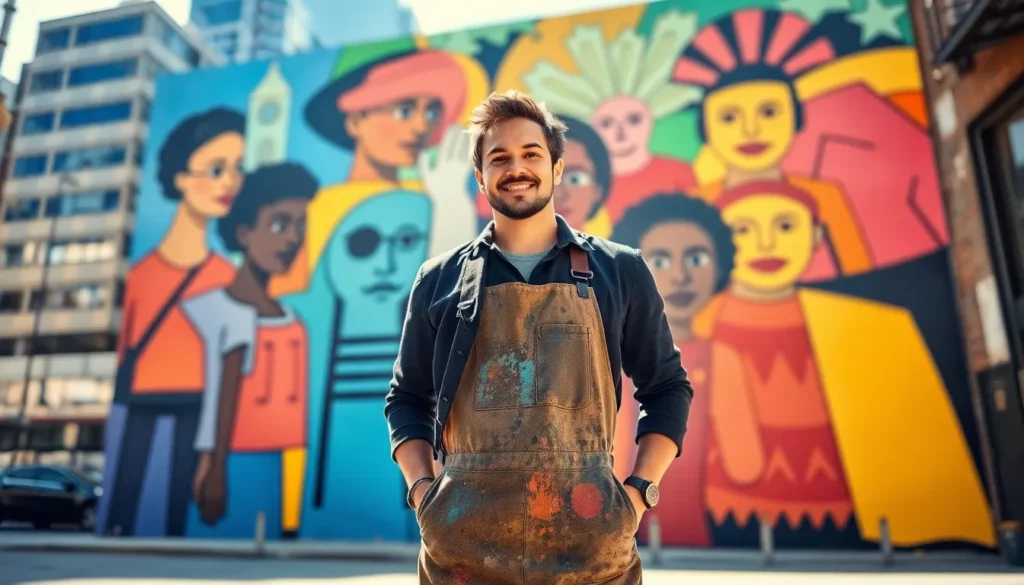There’s a term that might sound like a fancy coffee order but is far more fascinating: the quashiyorker. About to embark on a journey to uncover the depths of this captivating concept? Buckle up. We’ll dive straight into its definitions, origins, and the quirky cultural nuances that make it stand out. Prepare to learn how this term shapes perspectives today and where it’s headed tomorrow. Spoiler: It’s not just a utter triviality: there’s history and future wrapped in that quirky name.
quashiyorker

What exactly is a quashiyorker, you ask? Well, at its core, a quashiyorker represents a unique intersection of art, culture, and community. Tracing its origins, the term emerged during the vibrant cultural renaissance of urban neighborhoods, primarily arising from informal gatherings where individuals express identity through innovative art forms. Whether creating graffiti or engaging in performance art, those involved with quashiyorkers communicate meaning in a deeply personal yet collective fashion. Over time, the notion evolved, gaining traction in discussions about community solidarity and creative expression.
By the late 20th century, it found its way into broader societal dialogues, representing not just a method of artistic expression but also an embodiment of collective identity. Quashiyorkers are individuals who share a passion for these arts, often mixing tradition with contemporary flair in their endeavors.
Interestingly, the term has roots in local dialects that highlight the melting pot nature of culture. The blend of different backgrounds results in a rich tapestry of creative endeavors, making quashiyorkers pivotal in fostering communal ties.
The Cultural Significance of Quashiyorker
Cultural significance isn’t just about what something means: it’s about how it resonates within a community. Quashiyorkers have taken on increasingly vital roles in their neighborhoods, acting as catalysts for social change and cultural preservation. They inspire others to reclaim urban spaces through vibrant murals and community projects, turning mundane walls into canvases that speak volumes. From festivals celebrating quashiyorker art to workshops aimed at teaching these skills to younger generations, it’s clear that these individuals have sparked a movement.
Also, they often reflect the socio-political landscape of their environments. The artworks created by quashiyorkers can serve as powerful commentaries on pressing issues such as inequality, segregation, or identity struggles, resonating with both locals and visitors. This active participation in culture allows quashiyorkers to not only preserve history but also to shape the future narrative of their communities.
A perfect example illustrates this point: communities rallying around a quashiyorker mural that conveys the struggles of marginalized groups. Such initiatives foster pride, awareness, and conversation among locals, encouraging them to engage more fully with both their history and their present.
Applications of Quashiyorker in Contemporary Society
In the whirlwind of contemporary society, the applications of quashiyorker are both diverse and impactful. Artists leveraged this concept beyond traditional outlets, finding avenues in technology and social media that amplify their voices and reach. This surge in online platforms enables quashiyorkers to showcase their work globally, attracting appreciation and recognition from unexpected corners of the world. For instance, a virtual gallery may host a quashiyorker exhibit, drawing thousands of viewers who can interact with the art from the comfort of their homes.
Social movements now frequently use quashiyorker expressions as tools for activism. Quashiyorkers collaborate with nonprofits to convey messages that resonate strongly with audiences. A poignant mural addressing climate change, created by a quashiyorker, could spark a local movement, translating art into actionable change. Similarly, popular music and poetry often incorporate quashiyorker themes, making their impact permeate beyond visual arts into the auditory and literary realms.
Educational programs too are beginning to intertwine with quashiyorker practices. Schools that incorporate creative arts education reflect the importance of quashiyorkers in shaping young minds, encouraging students to express themselves authentically. These initiatives not only nurture creativity but also instill a sense of community belonging, allowing the legacy of quashiyorkers to thrive amongst future generations.
Challenges and Misconceptions Surrounding Quashiyorker
Even though the vibrancy of quashiyorkers and their cultural contributions, several challenges and misconceptions linger in the shadows. One major misconception involves the belief that quashiyorkers are solely urban graffiti artists. This oversimplification undermines the diverse forms of creativity and expression they embody. Many quashiyorkers engage in performance art, poetry, and music, enriching their communities through various channels beyond static visual art.
Financially, they often struggle for recognition and funding. Traditional art institutions may overlook quashiyorkers, leaving them to navigate a complex landscape without consistent support. Also, perceptions of their work might skew negative: some community members may view quashiyorker art as vandalism rather than legitimate expression. This stigma can stifle creativity and discourage communal support for quashiyorker initiatives.
Political elements add another layer of complexity. Social justice themes prevalent in quashiyorker works can attract scrutiny or be misinterpreted by those unaccustomed to nuanced discussions around art. So, creating spaces for dialogue within the community remains crucial to fostering understanding and combating these misconceptions. Education initiatives addressing art and culture can help shift perceptions, thereby enriching the overall narrative surrounding quashiyorkers.
The Future of Quashiyorker: Trends and Predictions
Looking ahead, the future of quashiyorkers seems promising yet complex. As technology continues to evolve, so too will the mediums through which quashiyorkers express their creativity. Virtual reality and augmented reality could revolutionize how audiences experience art, allowing them to navigate a 3D space filled with quashiyorker expressions. This technological leap will not only increase engagement but also broaden accessibility for those unable to attend physical events.
Also, collaborations across disciplines may become increasingly common. Quashiyorkers might collaborate with scientists, educators, and tech innovators, leading to projects that merge art with social sciences. These interdisciplinary approaches could yield innovative solutions to societal challenges, pushing the boundaries of how art interacts with our world.
As social issues continue to demand attention, quashiyorkers will likely play a fundamental role in igniting dialogues about equity, sustainability, and community pride. Their voices will echo louder in the collective consciousness, encouraging others to join the movement. So, ensuring that the legacy of quashiyorkers is not just preserved but actively reshaped by the new artists emerging in their footsteps.
